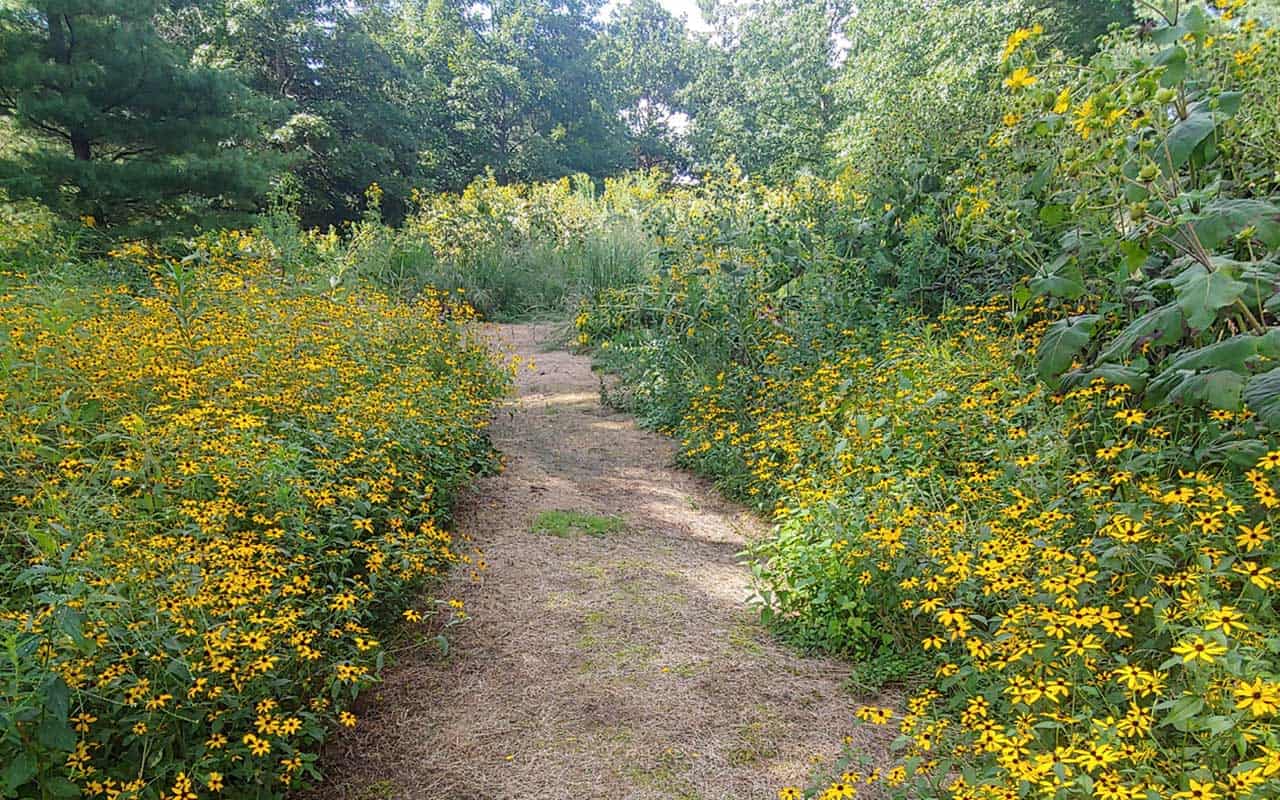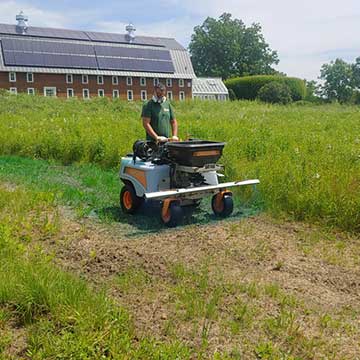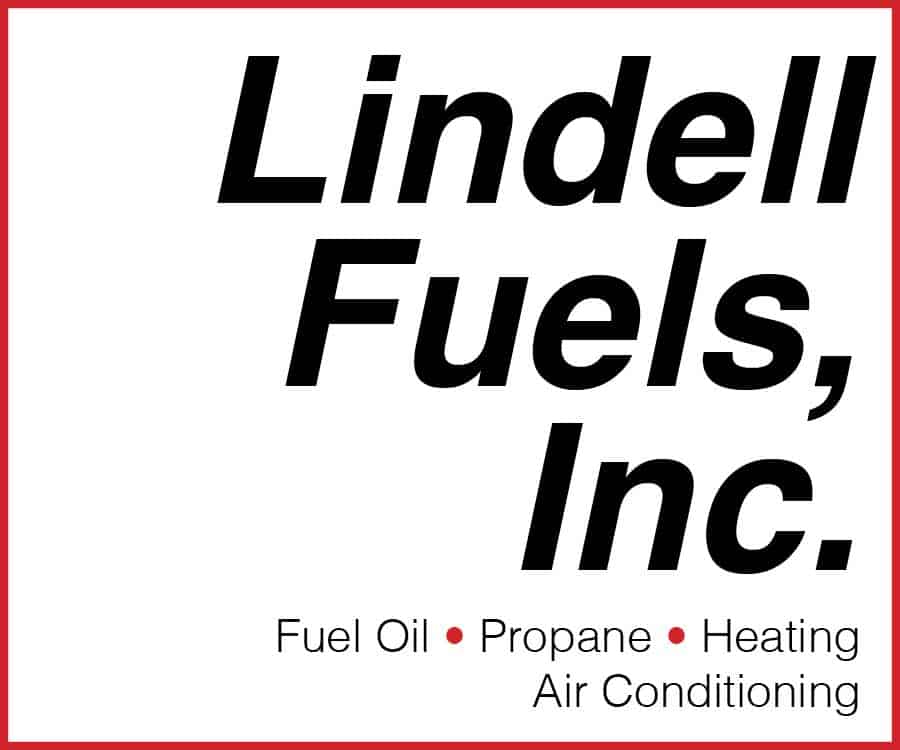This Month’s Featured Article

Meadowscapes – Shifting Our Vision of Lawn & Land Care
 We have a lot of lawns in our predominantly rural tri-state region. Keeping those plots and rolling acres verdant and orderly has a high cost – not just to our wallets but to the health and diversity of our land and ourselves. However, the lawn-based paradigm of beauty we’ve inherited from past generations is shifting, and Matt Schwaikert of Matt’s Landscaping can help you shift your lawn from monoculture grass and tidy mulched borders to meadows and nature scapes based on diversity and native plantings.
We have a lot of lawns in our predominantly rural tri-state region. Keeping those plots and rolling acres verdant and orderly has a high cost – not just to our wallets but to the health and diversity of our land and ourselves. However, the lawn-based paradigm of beauty we’ve inherited from past generations is shifting, and Matt Schwaikert of Matt’s Landscaping can help you shift your lawn from monoculture grass and tidy mulched borders to meadows and nature scapes based on diversity and native plantings.
Paradigm shifts
Matt’s been around every block related to lawn care for over ten years and provides the full menu of traditional services, including mowing, planting, pruning, garden installation, and plowing. He’s a thinker who questions the status quo of traditional lawn care.
While he’d been pondering how to shift gears, he started paying more attention to the carbon footprint of his trucks and lawn equipment – and it was high. He began analyzing the inputs of costly lawn care, e.g., labor, fertilizer and chemicals, time, and equipment. Clients, who were part-time residents, morphed into full-time ones during COVID and started asking him questions about the “guys in white suits” spraying their lawns and, for the first time, observing the hours it took to mow their acres into submission.
With these thoughts swirling in his head and amid his own attempts to change from work as usual, the universe connected him with Mike Nadeau, a reformed chemical landscaper who had his come-to-Mother Nature moment decades ago. Mike emerged as a holistic landcare consultant and organic landscaper. His work is dedicated to helping others relinquish their lawn to nature so it can do what it does best – sustain the natural world through healthy soils and native species. At the same time, Mike supports clients in cultivating a land ethic based on care, healing, and stewardship.
Eco-landcare Yoda and Padawan
When Mike and Matt met on a landscaping job, they began sowing seeds of a partnership. Further along the arc of his career, Mike was looking for a fast-learning, deep-thinking, capable younger landscaping professional to who he could impart his considerable knowledge. Matt was looking for someone with the expertise and wisdom to help him with his nascent explorations into a different kind of landscaping. Fertilized with their genuine respect and affection for each other, their partnership has organically grown into something beautiful.
Their meeting of the minds resulted in a division of Matt’s Landscaping called Meadowscapes, which is dedicated to helping customers create meadows and native plantings on properties of all sizes.
Mike recounts, “I was looking for genuine practitioners to collaborate with in ecological landcare and native habitat restoration. Matt was the first landscaper not to run away when I approached him with my ideas. I wanted someone to do a Vulcan mind meld with so I could transfer the knowledge that has been gifted to me over the decades. For Matt, “No one I knew was doing what I wanted to do in property care. I wanted to make it part of my business to make a living restoring the land through property care, not depleting it. Mike is the person helping me do that.”
Mother Nature’s biological clock
Much of Mike and Matt’s work involves educating interested clients about what meadows are – and aren’t. While the artificial order we impose through monoculture lawns is what Mike terms “an ecological desert,” meadows represent a different kind of beauty alive with processes happening above and below the soil. These processes represent nature’s order that we can appreciate with education and attention.
A meadow is a complex and dynamic collection of grasses and forbs (broadleaf flowering plants) that intuitively provide competition and mutualism of species. These species interactions benefit all life forms and produce high-functioning, stable, and aesthetically pleasing habitats.
When creating meadows, you’re on nature’s clock. It takes commitment and patience to allow the land to switch gears and regenerate over the course of seasons. Mike says, “A meadow is a process, not an event.” Matt adds, “We also work incrementally to convert sections of the client’s property to meadow to plant native and indigenous eco-landscapes. This can be done by starting with the areas most overtaken by invasives or with a property section important to the client because of location or use.”
Costs and benefits
They also outline how the expenses of creating a meadow decrease dramatically over time. The return on that investment is an aesthetically pleasing, diverse, and healthy ecosystem. “We’re working one property at a time, educating clients, who often have done their homework, and we’re there to help make it happen,” observes Mike.
“We assure clients that we’re not zealots trying to save the world with their property and money. Our number one priority for the client is aesthetic value. My secret desire is that we create biodiversity and increase habitat for pollinators and birds,” Mike explains. He likens the swaying movement of a meadow as the breeze moves through it to a Calder kinetic sculpture that is both soothing and visually appealing – and brimming with life and vitality.
Proper prior planning prevents failed meadows
So, what is involved in creating a meadow? Matt and Mike explain that the first step is understanding the area the meadow is to occupy. How does the sun travel across the land? What are the soil composition and acidity? How much shade does the area get? How moist or dry does it tend to be? Is it flat or hilly? The answers to those questions will dictate how to approach the meadow and ensure the land is listened to. If you’re not listening to what the land is telling you, your meadow won’t thrive.
Then they neutralize the existing monoculture grass with an organic 30% acidity vinegar mix to have a clean canvas for meadow planting. The next critical step is choosing the seed mix that will thrive in the setting, properly seeding the area, and then being patient while nature gets to work. Some plants mixed into meadows are black-eyed Susans, bee balm, purple coneflower, butterfly weed, switchgrass, bluestem, and wild rye.
Proper meadow maintenance is the last step. Mike counsels, “Proper and timely control of non-desirable plants, using a varied approach that includes selective mowing, manual removal, smothering, and spot treatment with organic herbicide is critical. Early detection and a rapid response is imperative. This requires people trained to know the difference between a weed and a wildflower seedling. This is where Matt and his Meadowscapes crew, client education, and my tutelage come into play.”
Mike warns, “Meadows can fail, and that’s why adherence to site preparation, seed selection and seeding, and proper maintenance is crucial. If a meadow is not done well, it can become a weedy mess.”
Roots and shoots
Both Mike and Matt appreciate their roots in chemical landscaping. With that background, they are fluent in traditional lawn care language and can teach clients new property care vocabulary and practices. With Meadowscapes, the partners can guide clients to a new vision of landcare and beauty that celebrate nature’s diversity and rhythms.
Despite our artificially created and maintained grassy borders, our properties intimately connect to and impact the larger natural world surrounding us. Meadows and eco-landscaping are the bridges back from traditional modes of property maintenance to wild beauty, biodiversity, and healthy ecosystems. •
For more information about the Meadowscapes division of Matt’s Landscaping, visit mattslandscapingct.com. For more information about Mike’s Wholistic Landcare Consulting, visit michaelnadeau.org.



